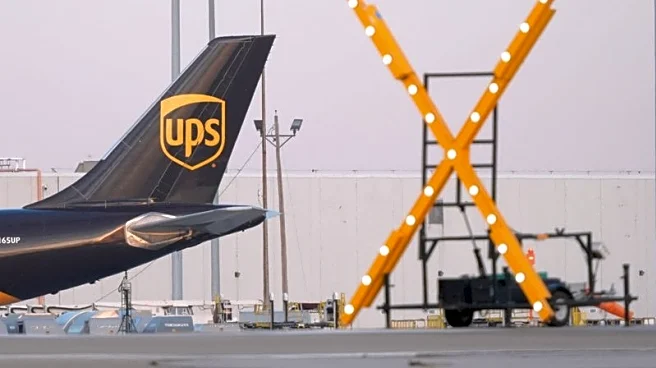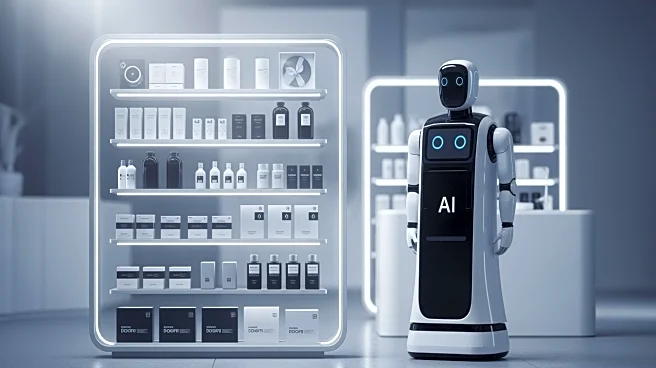What's Happening?
Retail giants Amazon, Target, and Walmart are increasing prices in response to tariffs imposed by the Trump administration. Amazon has raised prices by an average of 12.8% this year, significantly more
than Target and Walmart, which have increased prices by 5.5% and 5.3% respectively. The price hikes are part of a broader trend among retailers to manage higher costs due to tariffs. DataWeave's analysis of online pricing data shows that Amazon's price increases were most pronounced between January and February, ahead of the majority of the tariffs announced in April. The analysis also indicates that prices for categories such as apparel, home goods, and health and beauty items have risen significantly across these retailers.
Why It's Important?
The price increases by major retailers like Amazon, Target, and Walmart highlight the impact of tariffs on consumer goods and the broader economy. As these companies adjust their pricing strategies, consumers may face higher costs for everyday items, potentially affecting consumer spending and economic growth. The disparity in price increases among these retailers also suggests varying strategies in managing tariff-related costs, which could influence competitive dynamics in the retail sector. The situation underscores the ongoing challenges businesses face in navigating trade policies and their implications for pricing and profitability.
What's Next?
As tariffs continue to influence pricing strategies, retailers may need to further adjust their approaches to remain competitive and manage consumer expectations. The potential for additional tariffs or changes in trade policy could further impact pricing and supply chain dynamics. Retailers may also explore alternative sourcing strategies or cost-cutting measures to mitigate the impact of tariffs. Consumer response to these price increases will be crucial in determining future retail strategies and economic outcomes.












